When an emergency strikes, reliable power couldn’t be more important; it allows hospitals to provide urgent healthcare, keeps communities safe and sheltered, and enables communication.
Office of Cybersecurity, Energy Security, and Emergency Response
December 18, 2023When an emergency strikes, reliable power couldn’t be more important; it allows hospitals to provide urgent healthcare, keeps communities safe and sheltered, and enables communication. The Department of Energy’s (DOE) Office of Cybersecurity, Energy Security, and Emergency Response (CESER) actively supports energy restoration efforts during emergencies at the federal level. CESER leads the coordination of the National Response Framework’s Emergency Support Function (ESF) #12, deploying volunteers from across DOE to provide technical assistance to local restoration teams, collecting and sharing information on energy systems, and coordinating the response with other federal efforts.
2023 brought many energy emergencies, but the ESF #12 operation was up to the task drawing on strong relationships with local and state energy officials across the U.S. and a robust team of dedicated volunteers to assist during emergencies.
Here are the five numbers you need to know about this year’s energy response efforts:
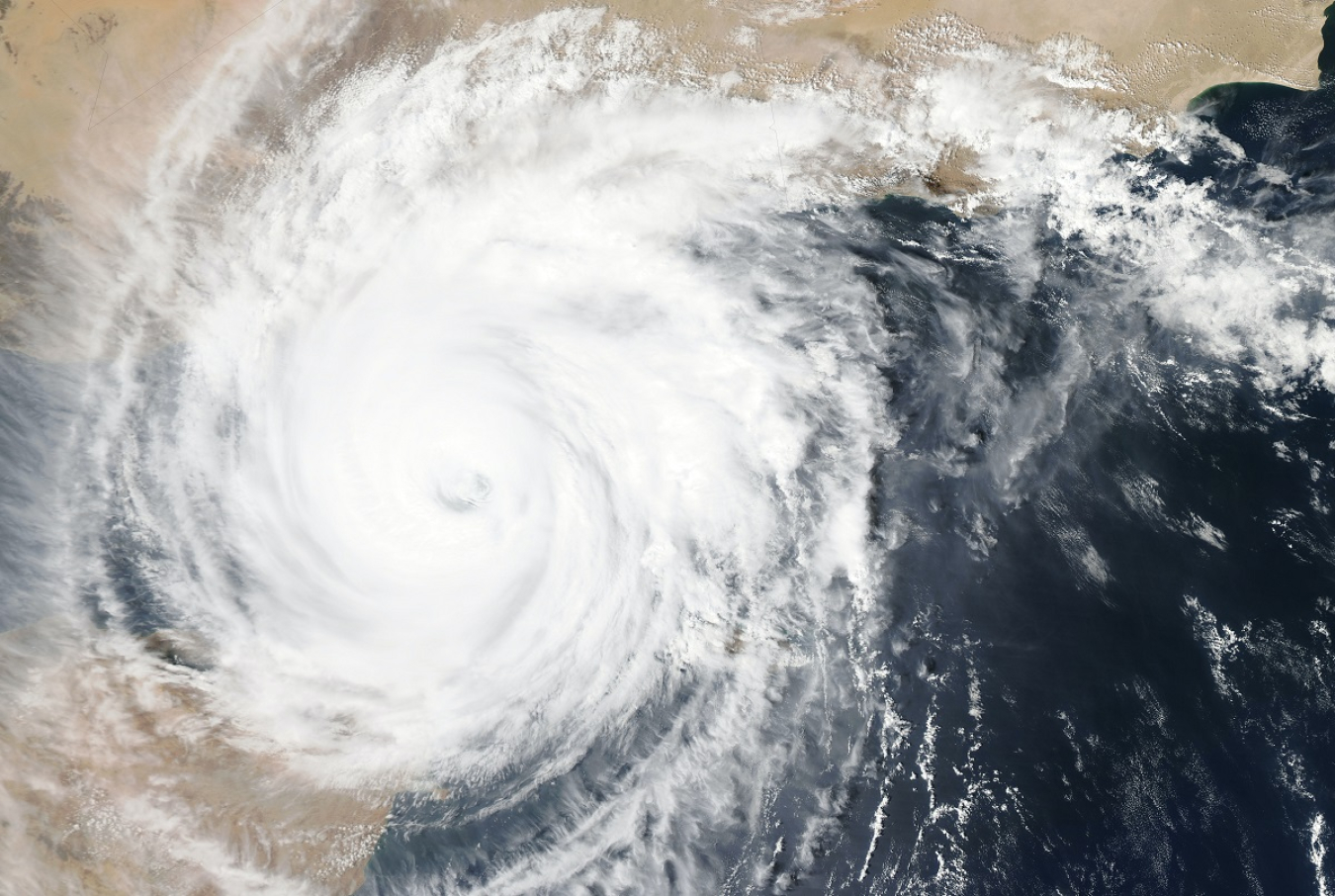
7
Many energy emergencies are due to extreme weather during hurricane season, which spans from June 1-November 30. The 2023 hurricane season was an active one, with 20 storms in the Atlantic and 17 in the Pacific Oceans, but only a handful made landfall in the U.S. This year, CESER’s emergency response team activated for a total of seven named storms. Responders in each impacted region jumped into action, building and leveraging trusted relationships with local leaders, and supporting the energy teams in restoring energy to communities that were hit.
What's the difference between a typhoon and a hurricane?
Both define the same type of storm (tropical cyclone), but the name differentiates the region where the storm develops. Generally, hurricanes occur in the Atlantic and East Pacific Oceans while typhoons form in the West Pacific Ocean.
- Super Typhoon Mawar passed Guam as a Category 4 storm with strong winds and rain in late May.
- Tropical Storm Bret took aim at the eastern Caribbean islands with the potential for heavy flooding and damage, but moved south and avoided the region.
- Hurricane Calvin, a Category 3 storm, passed south of Hawaii’s islands in July.
- Hurricane Hilary hit Mexico and Southern California with intense rain as a Category 4 storm in August.
- Hurricane Idalia made landfall as a Category 3 in Florida’s Big Bend region in late August before sending rain and wind along the southeast coast and then out into the Atlantic.
- Hurricane Lee did not directly hit the U.S., but as a major Category 5 storm, its enourmous reach left hundreds of thousands of New Englanders without power from heavy wind and rain in early September.
- Typhoon Bolaven was one of the year’s strongest storms as a Category 5 super typhoon. It passed south of Saipan and the Northern Mariana Islands in the Pacific Ocean.
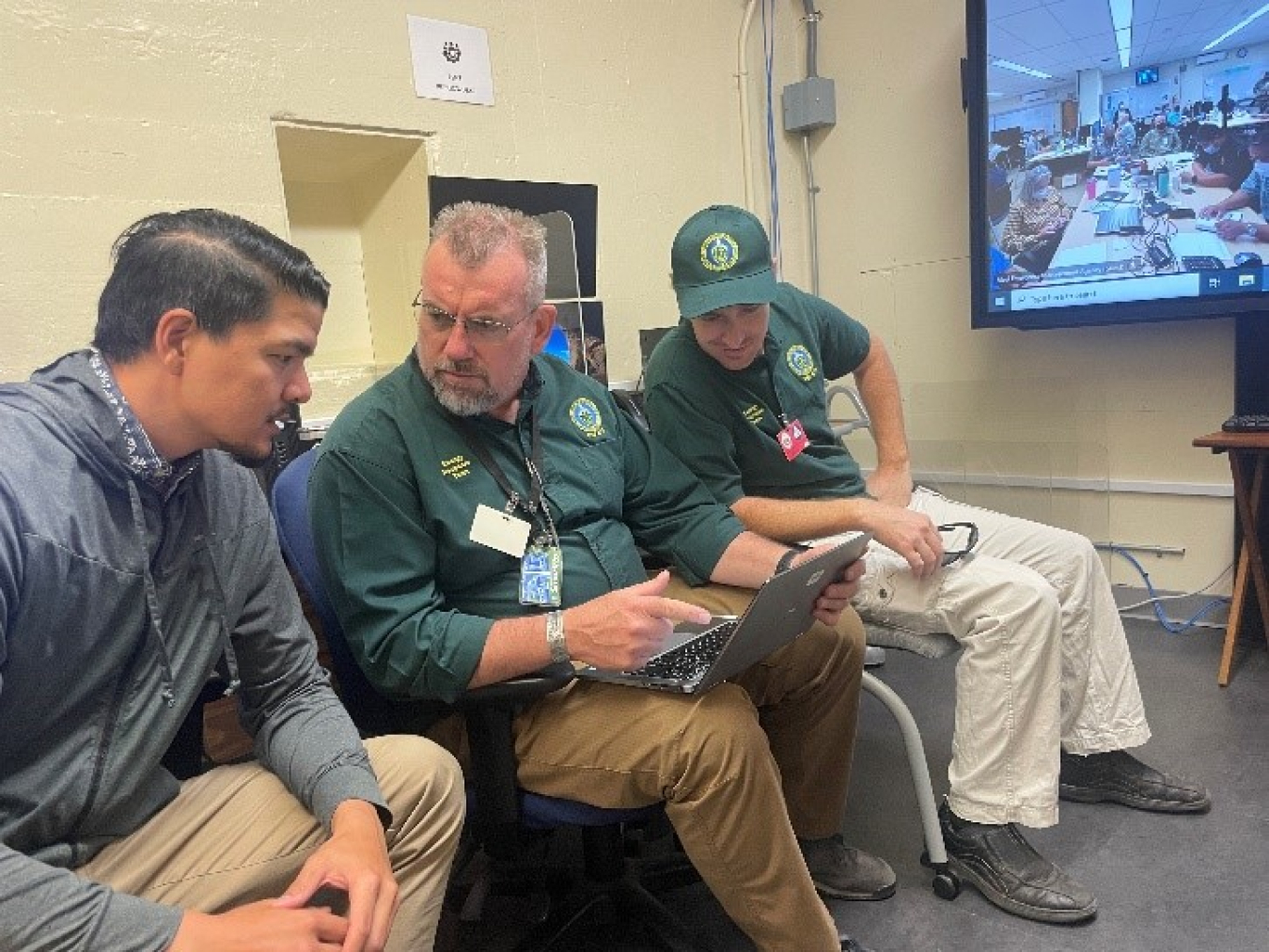
2600
In August, wildfires ravaged the northwest coast of Hawaii’s island of Maui, devastating the town of Lahaina. ESF #12 responders, stationed both on the island and regionally, coordinated the energy emergency response efforts with the state, FEMA, and CESER to help restore power to the area. ESF #12 responders, stationed both on the island and regionally, coordinated the energy emergency response efforts with the state, FEMA, and CESER to help restore power to the area.
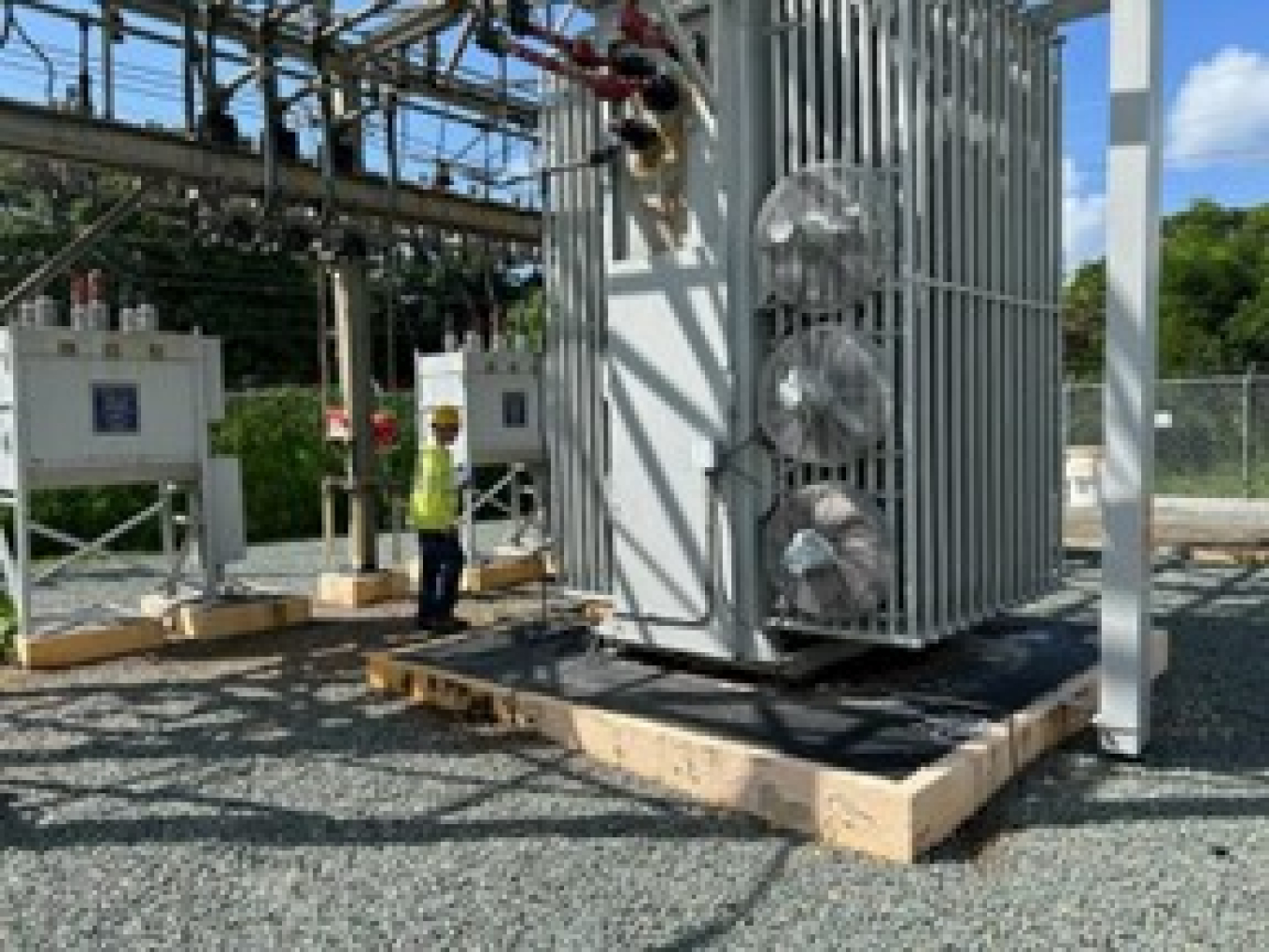
419
Sometimes a response lasts longer than the initial emergency. Puerto Rico was struck by Hurricane Fiona in September 2022, causing extreme flooding that devastated the territory still recovering from Hurricane Maria in 2017. ESF #12 responders were deployed to Puerto Rico in September 2022, to coordinate, integrate, and implement activities to stabilize the electrical power systems. The ESF #12 team conducted site assessments; advised on power generation, distribution, and transmission; and provided recommendations to FEMA’s public assistance program to stabilize the electrical system while permanent reconstruction work takes place. The mission completed in November 2023, after a total of 419 days.
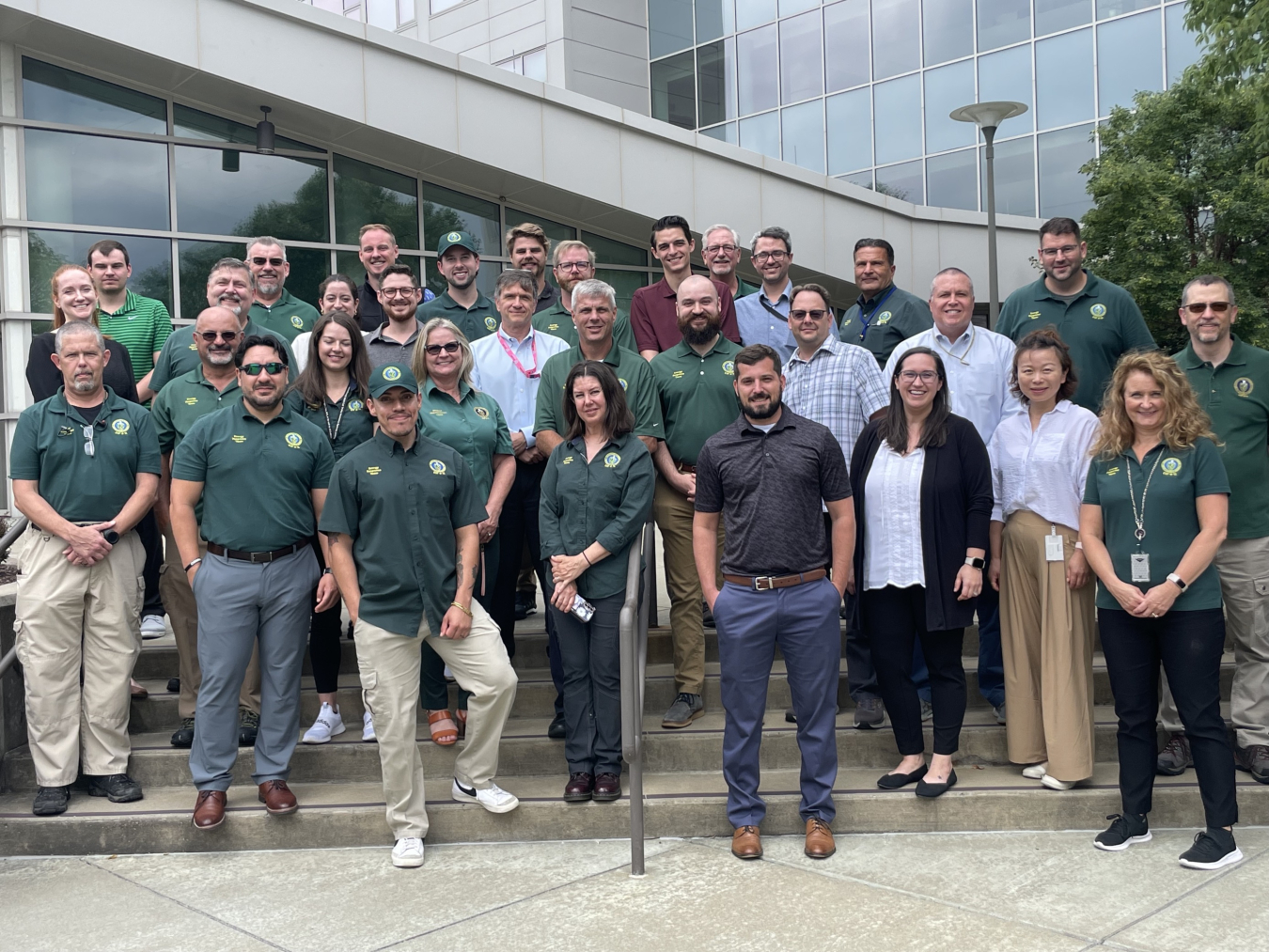
44
CESER’s emergency response team recruited 44 new ESF #12 responders in 2023. With support from the Hazardous Materials Management and Emergency Response (HAMMER) Federal Training Center near the Hanford site in Richland, Washington, CESER conducted seven trainings throughout the year to introduce the new responders to ESF #12 and FEMA emergency management and responder tools. All existing responders must attend these trainings to ensure they’re prepared for any type of responses. The training culminates with an exercise simulating deployed conditions to put their skills to the test.
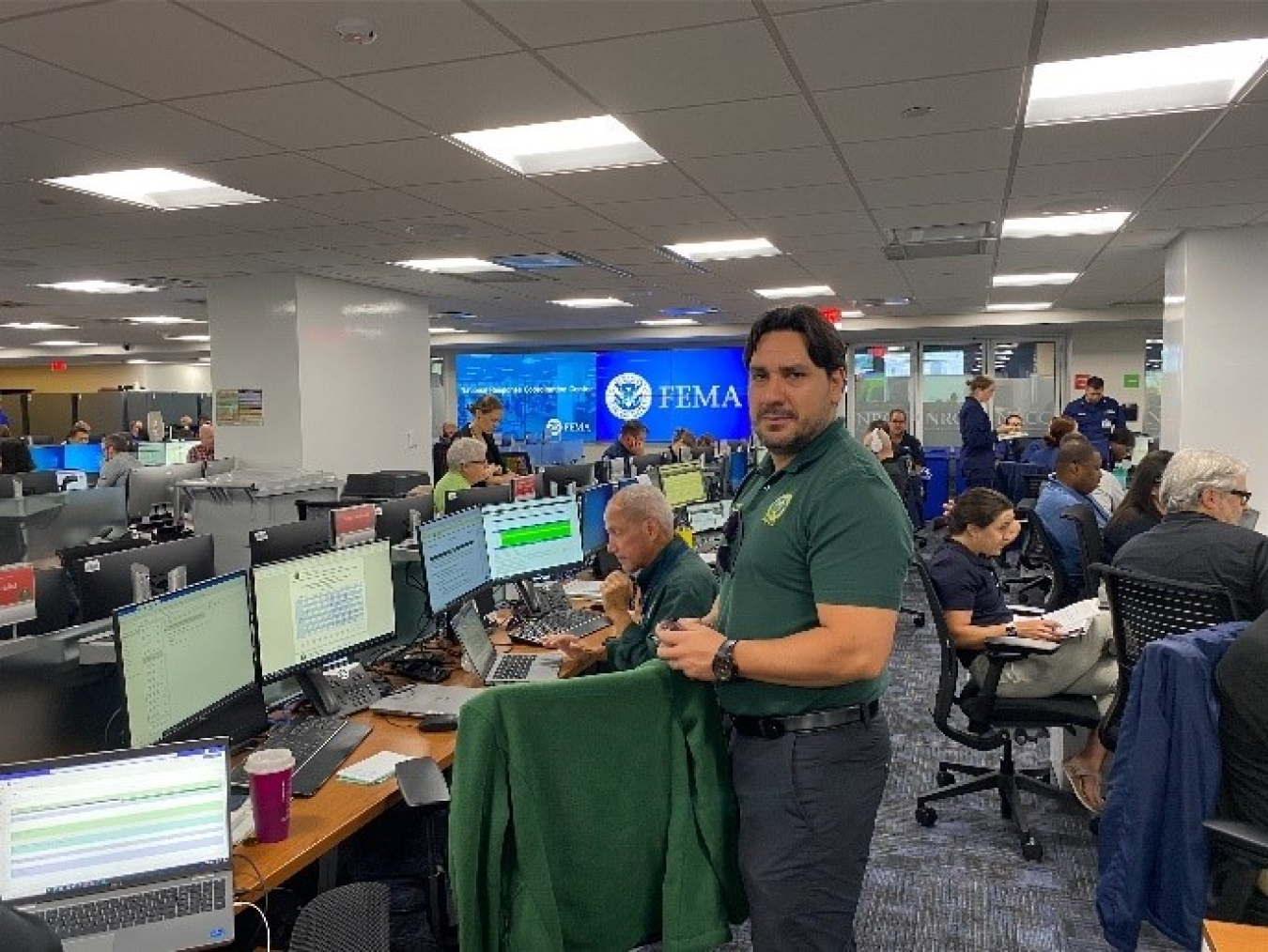
118
Responding to emergencies is no small feat. It takes a coordinated approach from government employees at all levels and volunteers across the country, including the furthest territories like Guam and the U.S. Virgin Islands, to provide support to the areas hit with an emergency. In 2023, CESER boasted a cadre of 118 DOE volunteers from DOE offices and National Labs at the ready to support an emergency response. ESF #12 responders took on a host of emergency duties, often putting in 12 or more hours a day to serve those in need.
Keeping the power on for communities, businesses, and families is crucial at all times, but particularly in an emergency. CESER is dedicated to building the team of committed responders to step into action when it’s needed most. Learn more about CESER’s response and restoration efforts and the ESF #12 team.

